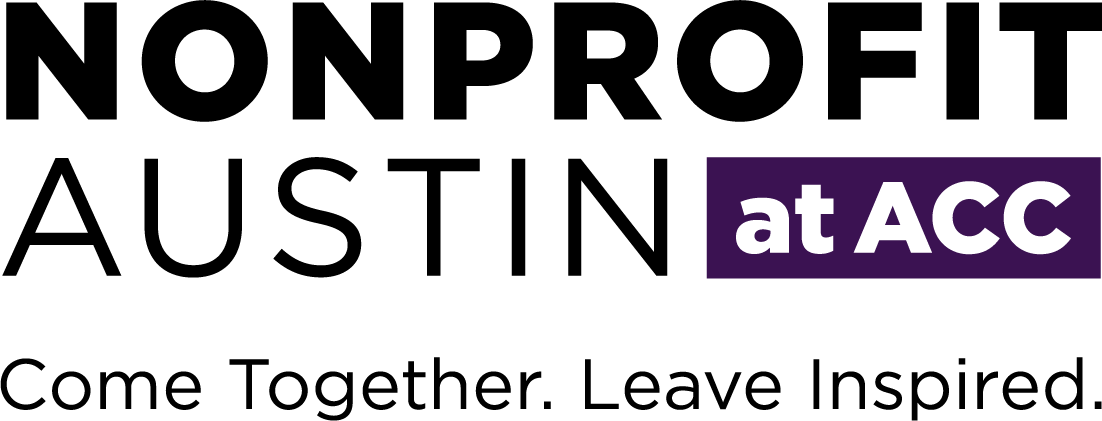
Leadership and Organizational Culture
Nonprofit organizations benefit from broad participation in important discussions and decision-making. By engaging diverse groups of people who care about the organization’s work and the people it serves, from perspectives inside and outside the organization, nonprofits are able to mobilize support, learn from peers and respond to community concerns. Nonprofit leaders have a complex task, carrying out challenging missions with limited resources and sometimes conflicting demands, in the midst of constantly evolving networks of organizational and personal relationships. Open and interactive leadership practices and organizational cultures strengthen the ability of nonprofits to interpret and adapt to opportunities in this shifting environment and to make the most effective use of the ideas and resources available in their organizations, networks and communities.
Decision-Making
1. Nonprofit leaders should make clear the decision making structures and processes of the organization and its governing body.
2. Nonprofit leaders should devote time and attention to analyze the changing environment and steer the organization through those changes.
3. Nonprofit leaders should actively seek to understand underlying causes of mission-related issues and use this awareness to focus organization activities.
4. Nonprofit leaders should prioritize organizational goals and negotiate external relationships to buffer against excessive control of the organization by funding sources, government regulators or other external influences.
5. Nonprofit leaders should recognize and navigate the organization’s response to the sometimes competing interests of funders, clients, constituents, the board, the public and volunteers.
6. Nonprofit leaders should discern a sustainable business model for the organization that takes into account the organization’s size, focus, funding sources and activities.
Communications
7. Nonprofit leaders should help the organization cope with multiple demands by focusing the organization’s attention on timely mission-relevant issues and opportunities.
8. Leaders should advocate for their organization and its mission, championing the cause in and outside of the organization.
9. Leaders should actively communicate how the organization’s activities produce the intended change in the community and inspire others to affect that change through fundraising, advocacy and programming.
10. Nonprofit leaders should ensure that sufficient time and energy is invested in the organization’s communication capacity.
Culture
11. Nonprofit leaders should continually develop the skills, knowledge and abilities of others at all levels of the organization to take on greater responsibility for carrying out the organization’s mission and engaging community members.
12. Nonprofit leaders should create and sustain an organizational culture that best advances the nonprofit’s mission and goals.
13. Nonprofit leaders should push the organization to make difficult and timely decisions, challenge others in the organization when necessary, and permit conflicting views to be expressed on the way to reaching resolution.
14. Nonprofit leaders should foster a culture of information sharing and interaction between the board and others in the organization so that innovation and creativity can come from diverse parts of the organization.
15. Nonprofit leaders should identify and implement opportunities that enhance a positive working environment.
16. Nonprofit leaders should demonstrate the behaviors they expect of their colleagues.
17. Nonprofit leaders should encourage their organization’s staff and board to seek out, recognize and leverage the shared and different values of diverse cultures.
18. Nonprofit leaders should pay attention to and attend to their need for professional and personal renewal and encourage the same in others.
19. Nonprofit leaders should allow for and encourage questions and reflections on the organization’s strategies, effectiveness and ability to change.
Note to Readers: Please be aware that certain words have particular meanings in this document.
 “Must” is used to describe practices required by stake or federal law, and is noted with a gavel symbol and highlighted in red.
“Must” is used to describe practices required by stake or federal law, and is noted with a gavel symbol and highlighted in red.- “Should” is used to describe highly recommended practices.
- “Constituents” describes people with a stake in the success of the organization and may include members, neighbors, clients, volunteers and contributors.

